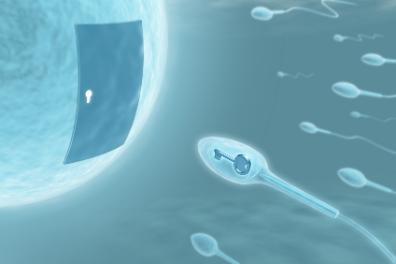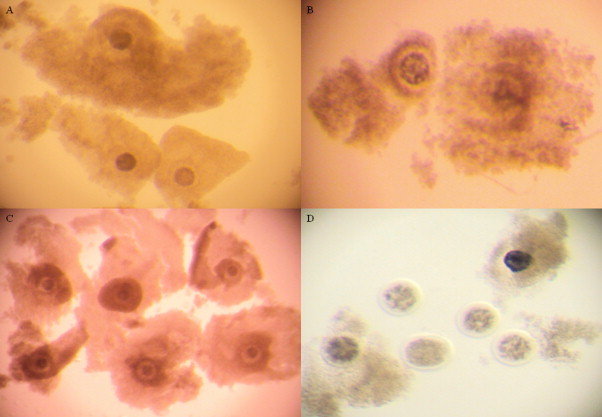What is it?
Cryopreservation is the process of preserving and storing living systems in a viable condition at low temperatures for future use. Its term means preservation by freezing, preservation by vitrification, or ice-free cryopreservation ("21st Century").
Types
 Sperm Freezing Obtaining the semen sample Semen samples are collected in a sterile container. It is recommended that patients abstain for at least three days, but not more than ten days. In patients who cannot ejaculate on their own, samples can be collected using vibratory stimulation or testicular sperm aspiration ("Sperm Freezing"). Semen Analysis Once collected, semen samples are analyzed for volume, viscosity and pH levels, and microscopically evaluated to determine motility, sperm count, morphology and other important factors ("Sperm Freezing"). Semen Cryopreservation Cryoprotectant is added to the semen to control sperm damage caused by freezing. The specimen is then divided into individual cryo-vials, placed into liquid nitrogen vapor for 3 hours, and then plunged into liquid nitrogen. At a temperature of -196°C all metabolic activity is halted. Semen can thus be preserved for many years ("Sperm Freezing").  Ovarian Tissue Cryopreservation Ovarian tissue have been found to survive well using improved cryoprotectant solutions and techniques. These new developments offer the hope of preserving fertility for a large number of patients ("Ovarian Tissue"). Ovarian Tissue Retrieval Ovarian tissue is removed through a laparoscopic procedure. A portion of the ovary is sectioned into thin tissue slices ("Ovarian Tissue"). Treatment with cryoprotectant Ovarian tissue must be treated with a cryoprotectant before they can be frozen. A cryoprotectant such as ethylene glycol (EG) is added to a physiological saline in 0.5 M increments every 5 minutes until the desired concentration (1.5 M EG) is reached. The sample, processed at ambient temperature, is now ready for freezing ("Ovarian Tissue"). Ovarian tissue freezing and storage The temperature of the sample is reduced from 20° to -7°C (the temperature of ice nucleation) at 2°C/minute, then held for 10 minutes. Cooling is then resumed at a rate of -0.5°C/minute to -30°C. The frozen tissue is then plunged into liquid nitrogen for storage ("Ovarian Tissue").
|  Egg Cryopreservation According to Georgia Reproductive Specialists, techniques of controlled-rate freezing are utilized that slowly cool embryos in cryoprotectant fluid ("anti-freeze" solution) from body temperature down to -196°C, at which temperature they are stored in containers of liquid nitrogen called dewars. The embryos are actually contained within special indelibly labeled plastic vials, or straws, that are sealed prior to freezing. Once frozen, they are placed inside labeled tubes attached to aluminum canes and stored in numbered canisters within the liquid nitrogen dewar. Site and label designations are stored in three separate file systems to avoid confusion and misidentification of cryopreserved embryos. When it comes time to thaw the embryos, all available identifiers of the stored specimen must match and be confirmed before thawing commences. The embryos are thawed out at room temperature, which takes about one to two minutes. However, the most critical element of the thaw procedure is not the timing but the careful dilution of the cryoprotectant fluid to return the embryo to its favored culture medium. This permits resumed growth and development in vitro. Once this is done, the embryo is assessed for cryodamage to determine if it is suitable for transfer. Experience has shown that if the embryo survives 50% or more intact, it is worthwhile to replace it. Embryos can accommodate such levels of cellular damage and still establish healthy pregnancies. All thawed embryos routinely undergo assisted hatching prior to transfer. The zona pellucida, which surrounds the embryo, has been shown to suffer a certain amount of hardening during cryopreservation. This can be overcome by artificially making an opening in the outer embryo shell.
 Testicular Tissue Cryopreservation Obtaining the tissue sample Testicular biopsy is performed. Retrieved tissue is cut into small pieces ("Testicular Tissue"). Separating the sperm Seminiferous tubules are isolated and incubated in collagenase for 1 hour. The tubules are then rinsed in fresh medium and stripped of sperm using needles and fine tweezers ("Testicular Tissue"). Cryopreservation Tissue and sperm are mixed with cryoprotectant solution (glycerol) and deposited in cryo-vials. The cryo-vials are placed into liquid nitrogen vapor for 3 hours and then plunged into liquid nitrogen. The sample is preserved in liquid nitrogen at temperatures of -196°C until needed IUI/IVF/ICSI ("Testicular Tissue"). |